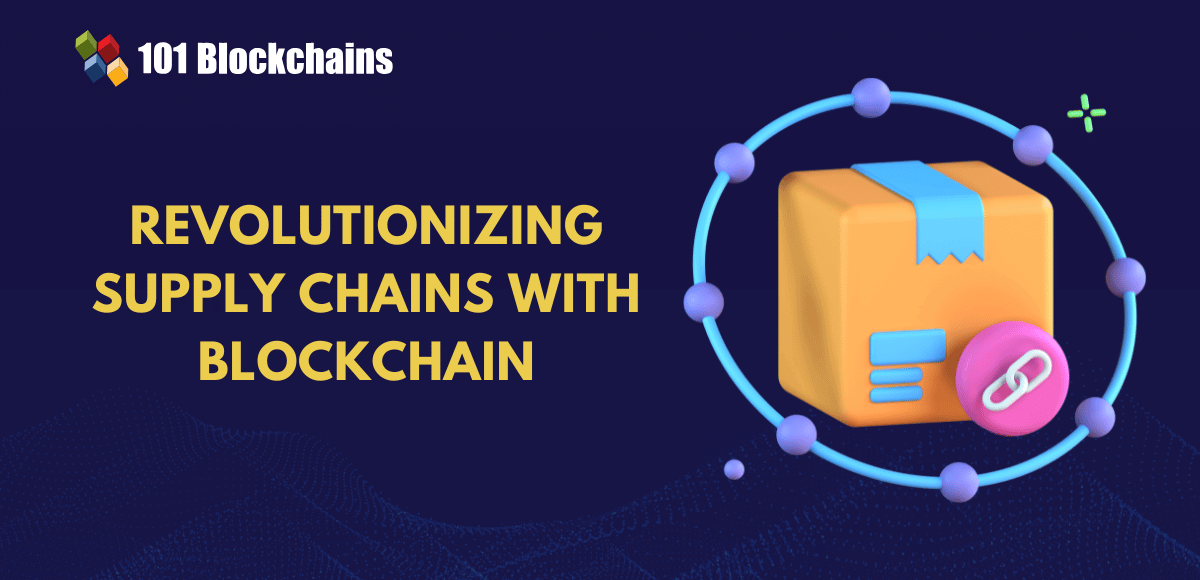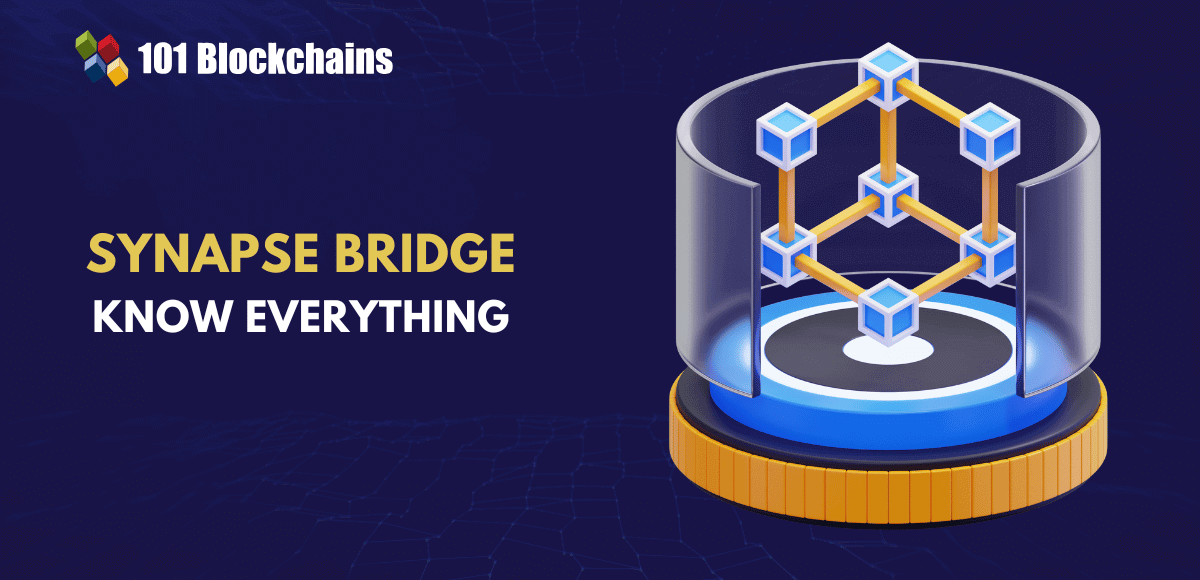Learn how blockchain truly works, master key definitions, and uncover what makes smart contracts so "smart." Dive into the fundamentals, gain valuable insights, and start your blockchain journey today!

- Blockchain
Diego Geroni
- on November 10, 2020
What is a Public Blockchain? Beginner’s Guide
What is a public blockchain? How does it work? How it differs from the private one? When to use a public blockchain? All of these questions are extremely confusing if you are just a newbie. To help you out, we will dive into the details of the public blockchain and its ecosystem. So, let’s start!
In reality, there are lots of different types of blockchain technology suited for different use cases. For example, there are public blockchains, private blockchains, and federated blockchains. Every single one of them differs from one another.
However, if you don’t understand how each of these types affects our business models, then it will be extremely hard to implement a blockchain-based solution.
In this article, we will explore the public blockchain ecosystem. Also, to help you understand the concept better, we will start with the definition and then slowly move towards a practical example of this type of technology. So, let’s check out what this technology is all about.
Build your identity as a certified blockchain expert with 101 Blockchains’ Blockchain Certifications designed to provide enhanced career prospects.
What Is A Public Blockchain?
A public blockchain does not have restrictions. Anyone with an internet connection can get access to the network and start validating blocks and sending transactions. Typically, such networks tend to offer some kind of incentive for users who validate the blocks.
Anyhow, this network tends to use Proof of Work or Proof of Stake consensus algorithms for validating the transactions. It is a “Public” network in a true sense.
It was the model that Satoshi Nakamoto suggested back in 2009. You can call it the mother technology. Later, enterprise companies started showing interest in blockchain technology and tweaked the nature of the decentralized ledger and introduced the private blockchains.
In public blockchain architecture, you can download the protocol anytime, and you will not need any permission from anyone. The public blockchains portray the ideal model that makes the technology industry so lucrative.
Thus, it’s completely decentralized, no single organization controls the ecosystem. Whereas a private blockchain can be changed and altered by the owning organization.
A public blockchain surpassed the necessity of a third party. The system has a natural flow of its own – just like a flowing river. No one controls the flow path, yet everyone uses it. So, how can you define it easily? A self-governed, purely decentralized and autonomous digital public ledger.
Start learning Blockchain with World’s first Blockchain Skill Paths with quality resources tailored by industry experts Now!
Characteristics of Public Blockchain
There are certain characteristics of public blockchain architecture. Obviously, these features are different from other types of blockchains. Let’s see what these are –
- Every node has access to read and write on the ledger
- Anyone can download and add nodes to the system
- The technology is fully decentralized in nature
- It offers anonymity, which means no one can track your transactions back to you
- It’s a bit slower compared to the private blockchain
Want to know the difference between private and public blockchain? Check detailed guide on Private vs Public Blockchain
What Are The Advantages?
Let’s check out some of the key advantages of the public blockchain.
-
Greater Transparency
Public blockchains have a commonly shared consensus among the users of the network. If someone asks – why is the public network better? The first answer will be transparency. The very reason the blockchains are considered the new monetizing system is it’s transparent, and no has control over anything.
It was a big step up from central and federal banks who had been controlling the nature of how to transact. Also, you have to pay various charges whenever you want to send money to someone in the traditional method.
Moreover, all the histories of the transactions are kept hidden, away from the public eyes. Satoshi showed the world that our traditional system grew too old for the information age.
When the common digital ledger is shared with the mass crowd, everyone can keep track of it. This results in more transparency and need of a third party validating the transactions.
Want to learn and get certification in blockchain ? Enroll: Certified Enterprise Blockchain Professional Program
-
True Decentralized Structure
The network infrastructure is fully decentralized. So, all the nodes in the system will have their very own copy of the ledger. And using the consensus algorithms they can update the ledger efficiently.
As there is no need for any central authority in any step, this type of blockchain offers the truly decentralized structure.
-
User Empowerment
Anyone with an internet connection can download the copy of the blockchain and has complete authority to read or re-write it. Meaning, the general people have the control panel, not an evil corporation!
-
Immutability
The public network is completely immutable. This means, no one can tamper with the system or steal away the money. If someone tries to tamper with the blocks like double spending, all the other nodes will reject the transaction. So, cases like tax fraud and many other problems can be mitigated with this technology.
Want to learn the basics of blockchain quickly? Check: Blockchain Basics Flashcards
Examples of Public Blockchain
It’s important to check out the best public blockchain examples for your business solution. If you want to use this type of blockchain technology, you need to understand when to use a public blockchain and when you should not.
Almost all the big names in the crypto world are based upon the public blockchain like – Bitcoin, Ethereum, and Litecoin etc.
Ethereum is actually the most popular public blockchain at the moment. In reality, Ethereum took the concept of a public blockchain to a whole new level. At present, there are so many applications based on this blockchain.
Start learning Blockchain with World’s first Blockchain Career Paths with quality resources tailored by industry experts Now!
Conclusion
Now that you know what a public blockchain is, you can successfully implement any blockchain-based solution using public blockchains. Although this blockchain is full of features, still it’s not that much suitable for enterprise solutions.
In reality, enterprise solutions need regulations, but this technology can’t offer it. That’s why you should also check out private blockchain, and federated blockchain before making the final call.
If you are just starting out with your blockchain journey, then you have to learn about the basics of blockchain first. You can start your learning process with our blockchain courses. Enroll now and implement the benefits of blockchain technology into your solution.
*Disclaimer: The article should not be taken as, and is not intended to provide any investment advice. Claims made in this article do not constitute investment advice and should not be taken as such. 101 Blockchains shall not be responsible for any loss sustained by any person who relies on this article. Do your own research!





